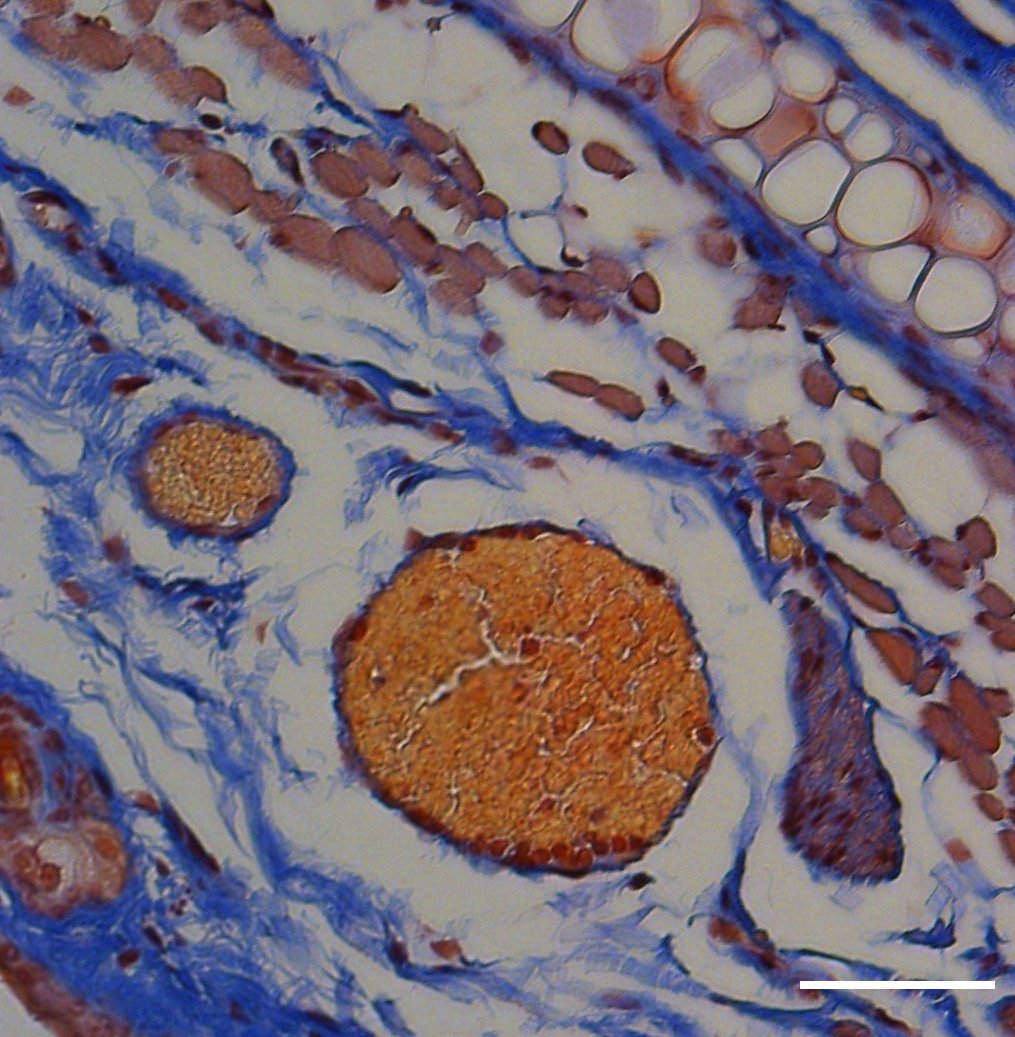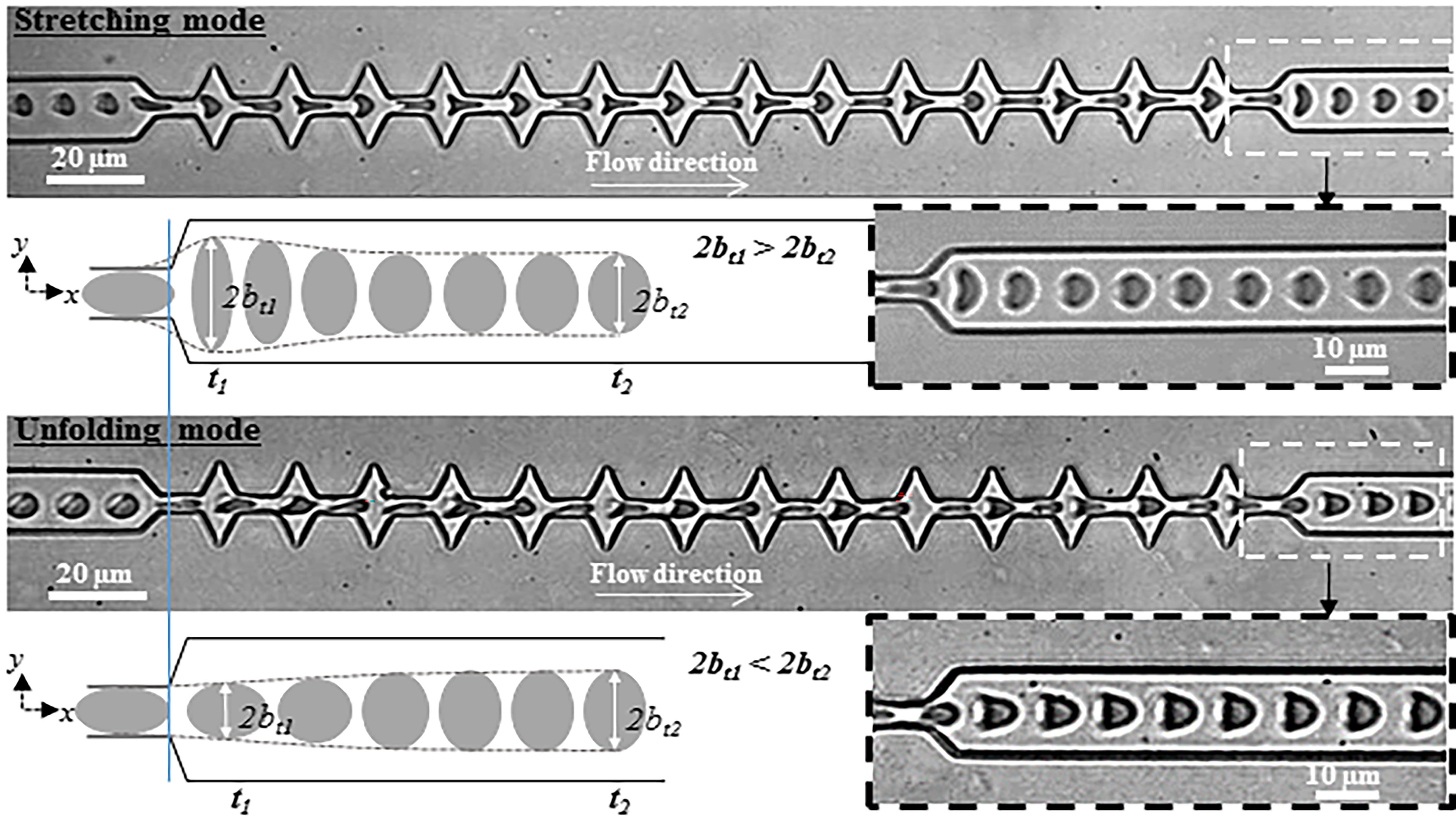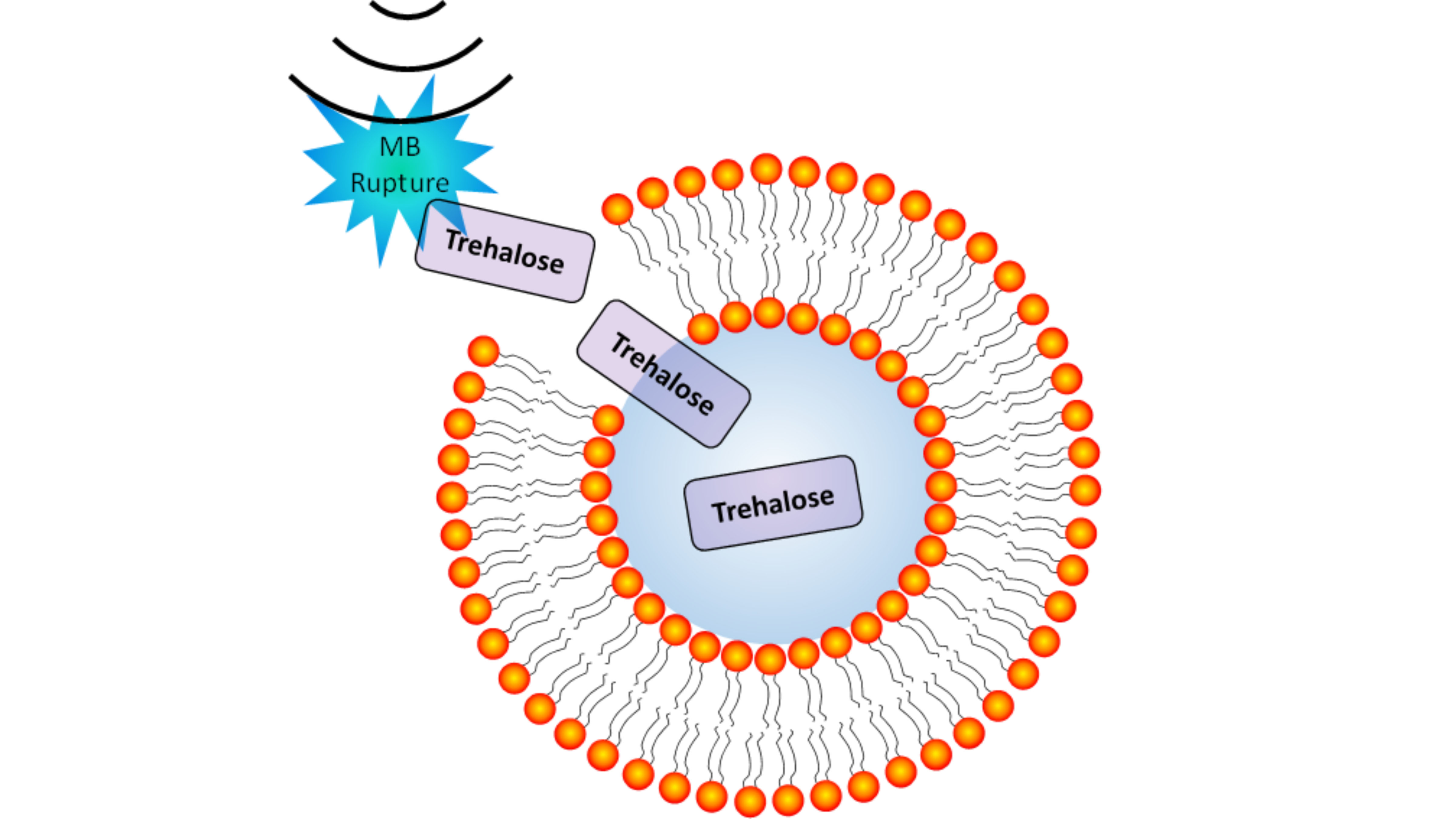Results of 16-Center REVIVE trial published in The New England Journal of Medicine
Tag: Red Blood Cells

St. Jude finds NLRP12 as a new drug target for infection, inflammation and hemolytic diseases
Scientists at St. Jude Children’s Research Hospital found key “on” switch, NLRP12, for innate immune cell death in diseases that cause red blood cells to rupture, which can lead to inflammation and multi-organ failure.
‘Placenta-on-a-chip’ Mimics Malaria-infected Nutrient Exchange between Mother-Fetus
Combining microbiology with engineering technologies, this novel 3D model uses a single microfluidic chip to study the complicated processes that take place in malaria-infected placenta as well as other placenta-related diseases and pathologies. The technology supports formation of microengineered placental barriers and mimics blood circulations, which provides alternative approaches for testing and screening.
Novel Assay Finds New Mechanism Underlying Red Blood Cell Aging
A multifaceted microfluidic in vitro assay is helping to identify the role of hypoxia on red blood cell aging via the biomechanical pathways. It holds promise for investigating hypoxic effects on the metastatic potential and relevant drug resistance of cancer cells.

Using light, red blood cells and a honey bee peptide to deliver therapeutic proteins
Researchers reporting in ACS Central Science have engineered red blood cell (RBC) carriers that release therapeutic proteins when stimulated by light, with the help of a honey bee peptide.

How Blood Cells Deform, Recover When Traveling Through Tiny Channels
In this week’s Biomicrofluidics, a method to characterize the shape recovery of healthy human RBCs flowing through a microfluidic constricted channel is reported. This investigation revealed a coupling between the cell’s mechanical properties and the hydrodynamic properties of the flow. In addition, the method could distinguish between healthy red blood cells and those infected by the malaria parasite. This suggests a possible new technique for diagnosing disease.

Ultrasound-Assisted Molecule Delivery Looks to Preserve Blood for Years
Blood can typically be stored for only six weeks after donation, but a potential solution attempts to dry blood by using a sugar-based preservative. New work in ultrasound technology looks to provide a path to inserting these sugars into human red blood cells, allowing the molecule trehalose to enter the cells and prevent their degradation when dried for preservation. The researchers discuss their work in this week’s Biomicrofluidics.